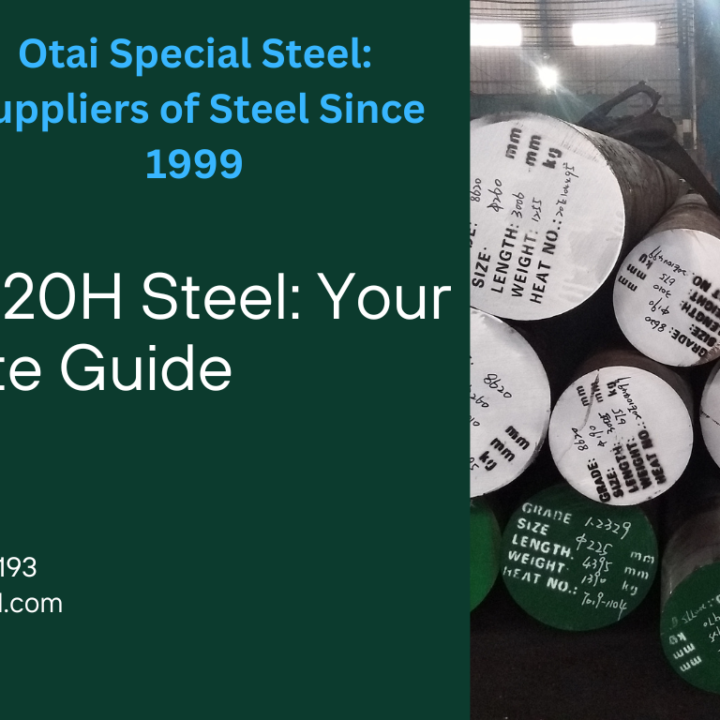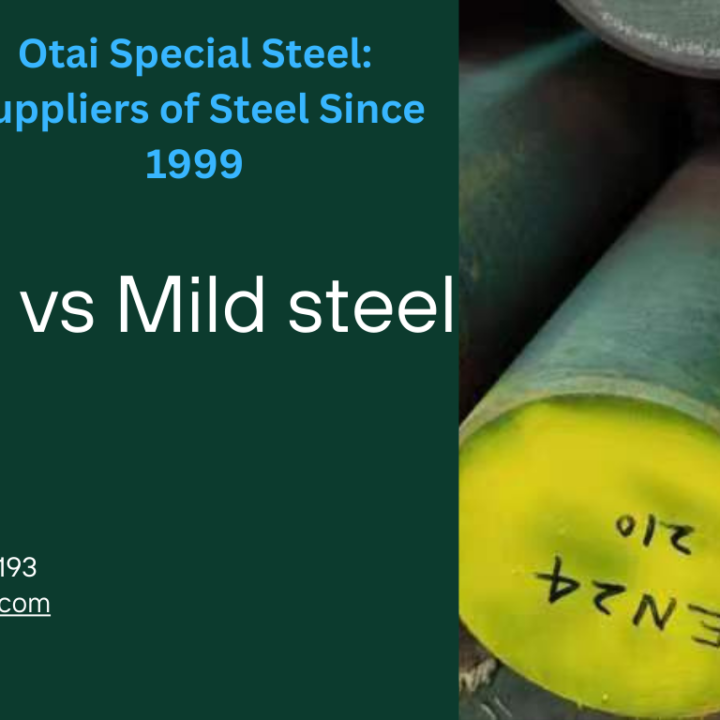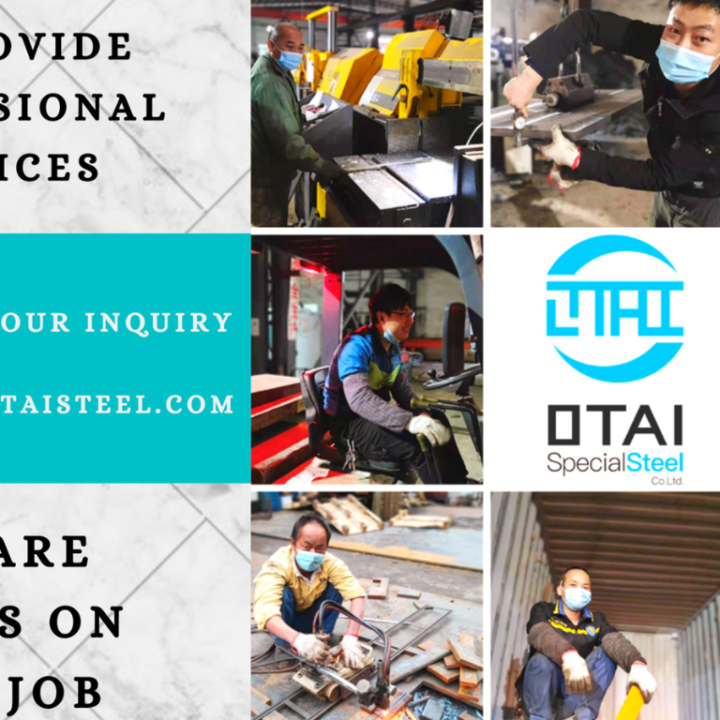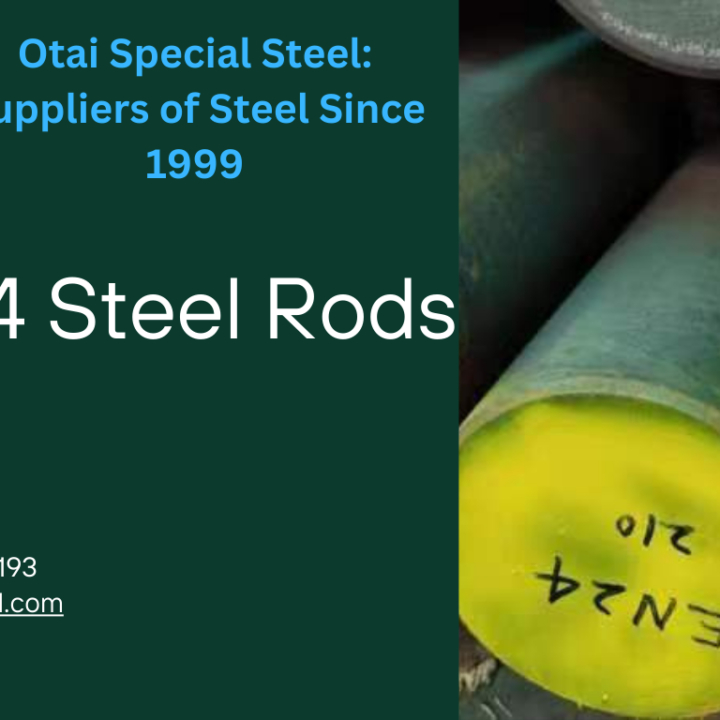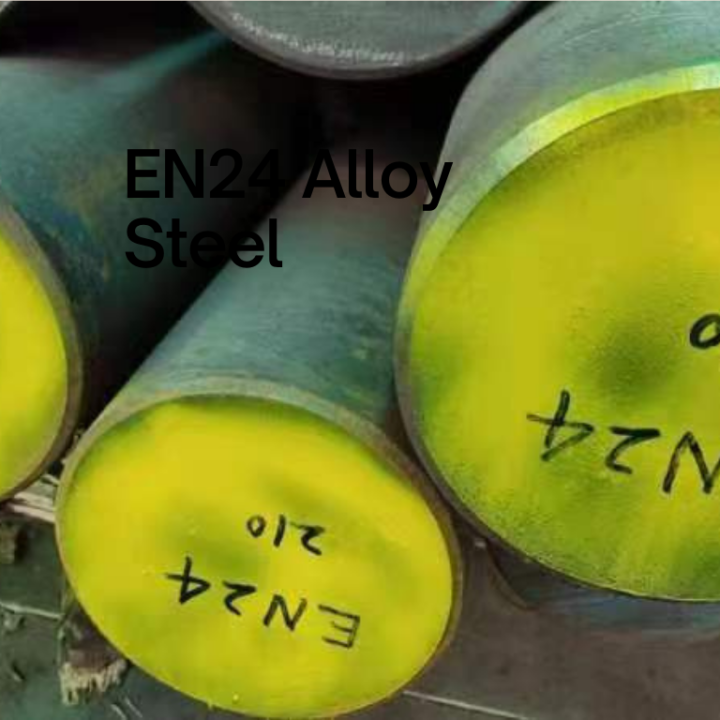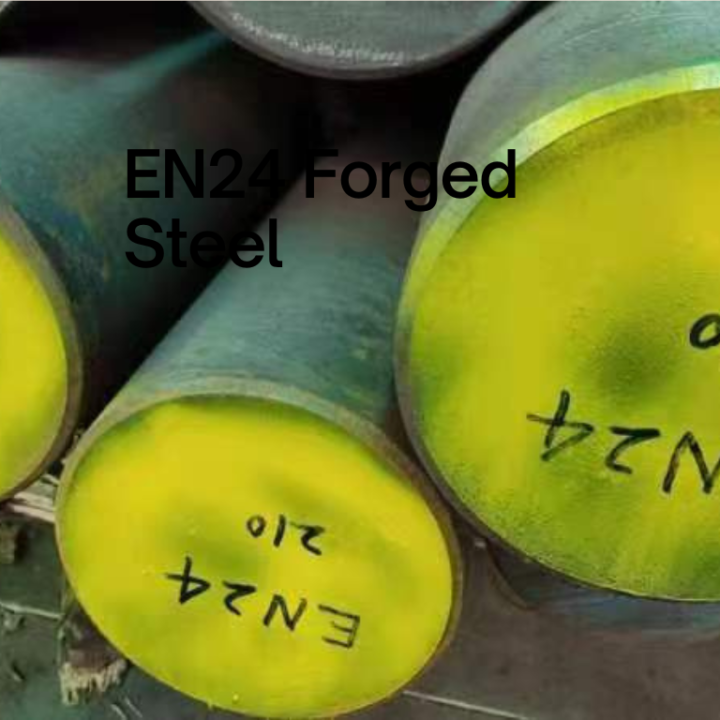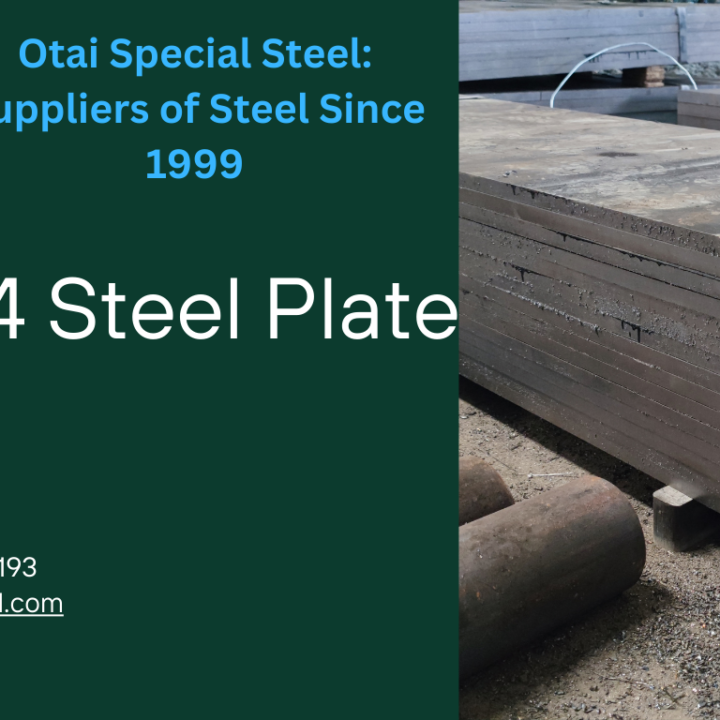The life cycle of steel is a unique material because it is truly recyclable. When steel is recycled, it becomes new steel, not a poor quality product. Since steel does not degrade when recycled, it can be used repeatedly, and steel is the most recycled material in the world. The impact of making steel can be seen as an investment in a material that will be used repeatedly rather than disposable, making steel a highly sustainable material.
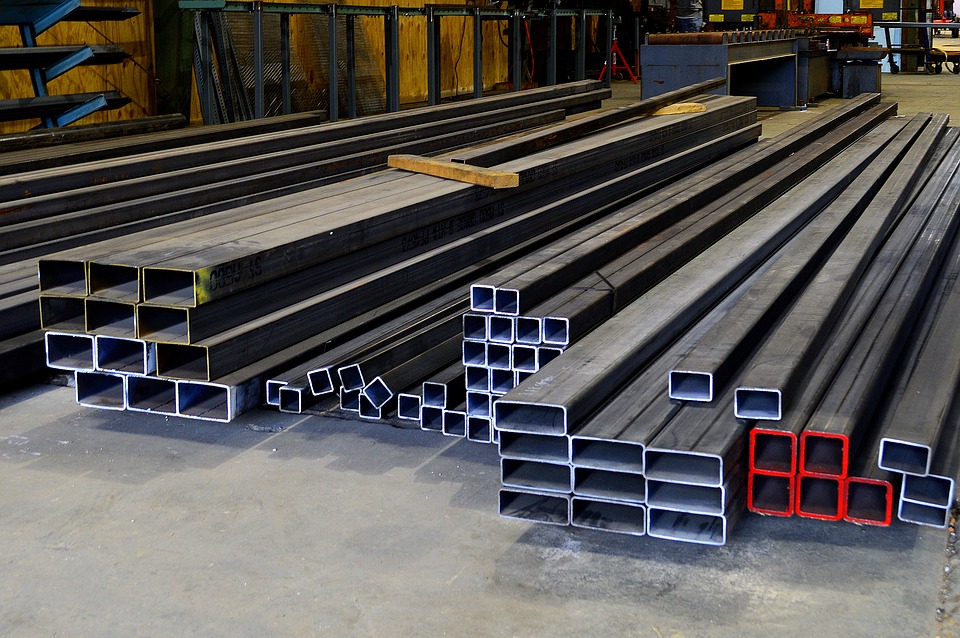
Scrap is an essential component of all new steels, so every steel mill is a recycling plant. The value of scrap ensures that it can be recycled whenever it is needed. But in many applications, steel has a long service life, so there is a lot of steel in the world that does useful work. At the same time, global demand for steel is growing. Therefore, even with effective recycling and reuse, scrap accounts for only about one-third of total steel demand.
Steel materials can be easily separated from waste products by magnetic separation, and have high separation, and scrap steel products are recovered due to rising resource prices, and the recovery is also good. However, some impurity elements mixed in during recycling cannot be removed in the steelmaking process. In order to continue recycling, it is necessary to avoid the problem of increased concentration of these elements.
A large amount of steel is produced every year and is widely used in various fields such as bridges, iron towers, buildings, automobiles, machinery, etc., and the material stock of steel materials is formed over time. Since steel materials are easily recycled, these materials have the potential to become secondary resources after completing their mission.
Steel materials can be sorted by magnetic force and are the main raw materials for many products, and they will not deteriorate even when they are idle, so their recycling is excellent.
